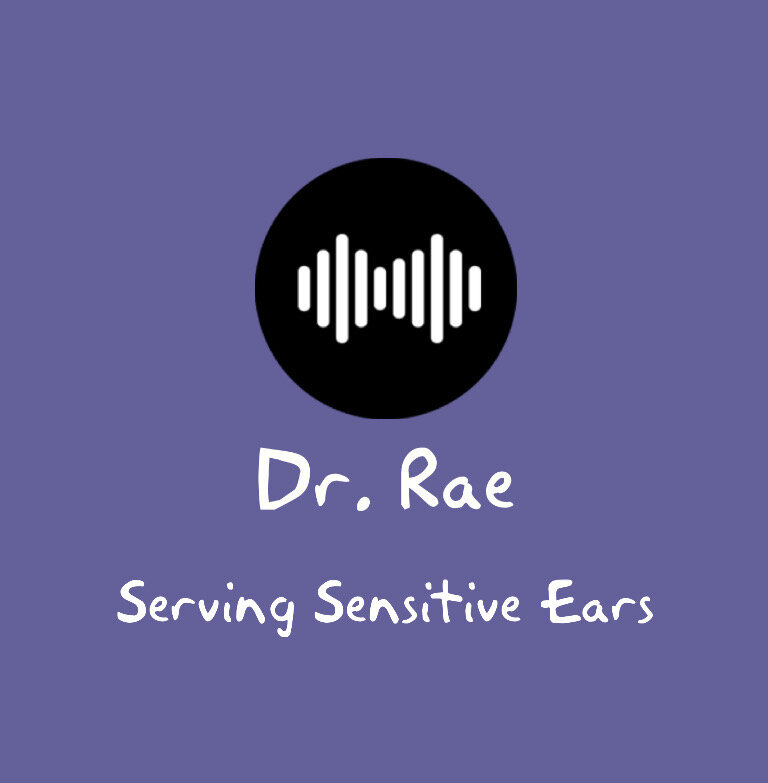What is the Difference Between FM and Low-Gain Programmed Hearing Aids?
Here's a breakdown of why low-gain programmed hearing aids (LGHAs) often offer a superior solution compared to standalone FM systems like the Phonak Roger Focus, especially in diverse academic, work, and home settings:
Standalone FM System Limitations:
One-way Communication: FM systems primarily transmit the teacher's voice directly to the student's ear, like a one-way radio. This hinders natural interaction in group work or discussions, essentially isolating the student.
Lack of Control: Students cannot adjust the volume of the teacher's voice transmitted via FM, which can be overwhelming or uncomfortable, especially with loud sounds like coughing or background noise.
Limited Adaptability: FM systems offer little room for customization based on the individual's needs or the specific sound environment.
Advantages of Low-Gain Programmed Hearing Aids (LGHAs):
Natural Social Interaction: LGHAs enhance sound across the board, letting students hear their peers, participate in group conversations, and navigate the social dynamics of different environments. They don't create the same sense of isolation as an FM system.
Individualized Customization: Audiologists can fine-tune LHGA programming to the user's specific hearing needs and sensitivities. This means better comfort and control for the individual.
Dynamic Noise Reduction: Advanced LGHAs can analyze the soundscape and intelligently reduce background noise, increasing the clarity of the sounds the user wants to focus on (like speech). FM systems can't adapt this way.
Speech Enhancement: LGHAs can amplify specific frequencies to boost speech understanding, especially in noisy environments. This tailored approach is often missing from FM systems.
LGHA + Remote Microphone or FM Systems: The Best of Both Worlds:
The newest generation of LGHAs offers incredible versatility:
FM Functionality: They function just like an FM system when paired with a remote microphone. The teacher's voice is transmitted clearly for focused listening in class.
Seamless Transition: LGHAs switch automatically between different modes – amplifying all sounds generally, or focusing on the paired microphone signal. This fluidity isn't possible with a standalone FM.
Bluetooth Streaming: These hybrid systems let the wearer easily connect to phones, computers, etc., offering streaming flexibility and additional communication options.
Why Choosing Matters
The difference between the two approaches impacts a student's experience significantly. FM systems might seem like a quick fix, but they often create discomfort, isolation, and hinder academic and social success. On the other hand, thoughtfully programmed LGHAs can be a transformative tool:
Improved academic performance through enhanced speech understanding.
Greater participation and social engagement.
Individualized comfort and a sense of control over their sound environment.
